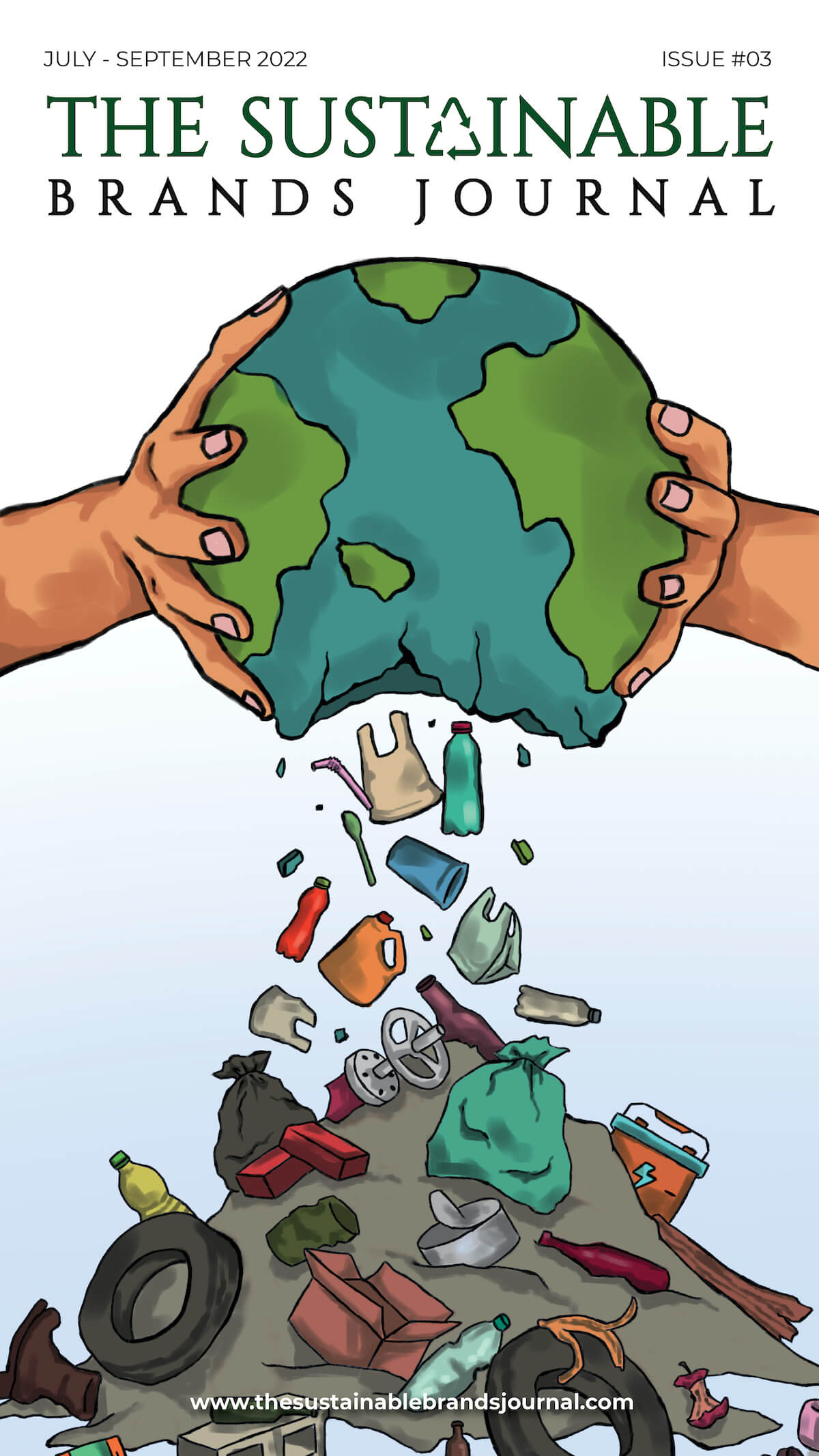
What is Sustainable Living?
Before understanding sustainable living, let’s consider why we must live sustainably and what triggered the need for a sustainable lifestyle.
Present day lifestyle
Every day, we suffer from one or the other issues due to environmental and atmospheric impurities. Do you know what are the reasons behind ecological impurities?
Ecological impurities, or environmental pollutants, enter our environment at levels that disrupt natural processes. These pollutants can be harmful to plants, animals, and humans. There are many reasons behind ecological impurities, but some of the most common include-
- Factories, power plants, and other industrial facilities release air, water, and soil pollutants, including chemicals, heavy metals, and particulate matter.
- Cars, trucks, airplanes, and ships all pollute air and noise. Burning fossil fuels in these vehicles releases harmful emissions, such as nitrogen oxides, sulfur oxides, and carbon dioxide.
- Pesticides, herbicides, and fertilizers can contaminate soil and water. Runoff from agricultural land can also carry pollutants into rivers and streams.
- Inappropriate waste disposal can lead to air, water, and soil pollution. Landfills can leak contaminants into the ground, and incinerators can release harmful emissions into the air.
- Wildfires, volcanic eruptions, and other natural disasters can release environmental pollutants.
These activities cause everyday health issues for human health and can also damage ecosystems. That’s when we need to consider sustainable living or ecological living.
What is Sustainable living?
Sustainable living is a way of life that decreases our negative impact on the environment, providing a healthy planet for ourselves and future generations. It’s about making mindful choices in our daily lives to reduce our “ecological footprint” – the amount of resources we consume and waste we produce. This can involve using less energy at home, opting for sustainable transportation like cycling or public transport, and being mindful of what we consume and throw away. Reducing reliance on finite resources and minimizing pollution can create a more balanced relationship with the Earth.
Sustainable living leads us to a sustainable lifestyle, which isn’t about radical changes or deprivation. It’s about making small shifts in our habits. For instance, we can support sustainable businesses, choose local and seasonal foods, conserve water and energy, and reduce, reuse, and recycle whenever possible. Even these seemingly minor adjustments can contribute significantly to a healthier planet when adopted by a large portion of the population.
Objectives of Sustainable Lifestyle
The ultimate goal of a sustainable lifestyle is to balance human needs with the Earth’s ability to provide for them. This translates into three key objectives:
- Environmental equilibrium: Sustainable living minimizes our pressure on the planet’s resources. We aim to use renewable resources at a rate that permits them to refill naturally and avoid exhausting non-renewable resources. For example, we minimize pollution and waste generation to protect ecosystems and biodiversity. Ideally, we move towards a “net-zero” lifestyle, where the environmental impact of our actions is balanced by our efforts to conserve and restore the environment.
- Social equity and well-being: Sustainability acknowledges the relationship between environmental and social issues. It encourages practices that secure a just and equitable society for all. This includes reliable consumption practices that decrease poverty and improve living standards worldwide. Sustainable living also recognizes the significance of cultural diversity and aims to preserve traditional knowledge and methods that promote harmony with nature.
- Economic viability: A sustainable future demands a healthy economy that meets the necessities of the present without compromising the ability of future generations to meet their requirements. This means helping businesses that function with a long-term perspective, minimizing waste, and maximizing resource efficiency. It also guarantees responsible management of shared resources like water, land, and clean air.
By achieving these goals, a sustainable lifestyle lets us thrive within our planet’s limitations. It assures a healthy environment for generations to come, stimulates a more just and equitable society, and lays the foundation for a future where economic prosperity goes hand-in-hand with ecological well-being.
Sustainable Living vs. Zero Waste: Two Paths to a Greener Future
Sustainable and zero-waste living philosophies share a common goal: reducing our environmental impact. However, they approach this goal from slightly different angles.
Sustainable Living: The Big Picture Approach
Think of sustainable living as a broad-spectrum effort. It encourages us to make conscious choices in every aspect of our lives to minimize our “ecological footprint” – the amount of resources we consume and waste we produce. This includes using less energy at home, opting for sustainable transportation like cycling or public transit, being mindful of what we buy and throw away, and supporting businesses with responsible practices.
Sustainable living balances our needs and the Earth’s ability to provide. It’s not about drastic changes but rather minor shifts in our daily habits.
Zero Waste: Focusing on the Trash Stream
Zero waste minimizes the amount of waste we send to landfills. This philosophy follows the “5 R’s”: Refuse, Reduce, Reuse, Recycle, and Rot (compost). Proponents aim to eliminate or drastically reduce the trash generated by refusing unnecessary items, buying products with minimal packaging, reusing items whenever possible, diligently recycling accepted materials, and composting food scraps.
Key Differences and Finding Common Ground
The critical difference lies in scope. Sustainable living takes a holistic approach, while zero waste tackles a specific environmental challenge: overflowing landfills.
Additionally, zero-waste living can be more demanding, requiring adjustments like cleaning products or shopping at bulk stores. However, both approaches are complementary. Sustainable practices naturally lead to less waste.
For example, buying local produce often comes with less packaging, reducing waste, and supporting local farms (a sustainable practice).
You can integrate both! Start with achievable, sustainable changes and gradually incorporate zero-waste practices. Remember, every effort, big or small, contributes to a healthier planet for ourselves and future generations.
Final Words
The current environmental situation appears dire, prompting a pessimistic outlook toward sustainable living: with entrenched problems, can one individual genuinely make a difference?
However, it’s crucial to understand the power of collective action. One person’s efforts can inspire many, leading to significant legal and political changes. This means holding accountable even the influential lobbyists representing industries like oil and coal.
While it’s easy to feel insignificant as individuals, our combined efforts wield immense influence. People can contribute positively by modifying their behaviors, regardless of how minor these changes may seem.
The journey towards sustainable living begins with small steps. No matter how modest, every action today promises a brighter future. As momentum builds, the possibilities become boundless.

Prachi, an accomplished Chief-Editor at The Sustainable Brands Journal, has 15+ years of experience in Europe, the Middle East, and India, managing 90+ global sustainable brands. She’s a prolific writer in sustainability, contributing to various publications. Prachi’s unwavering passion and expertise make her a recognized authority, driving positive change and inspiring a sustainable future.





